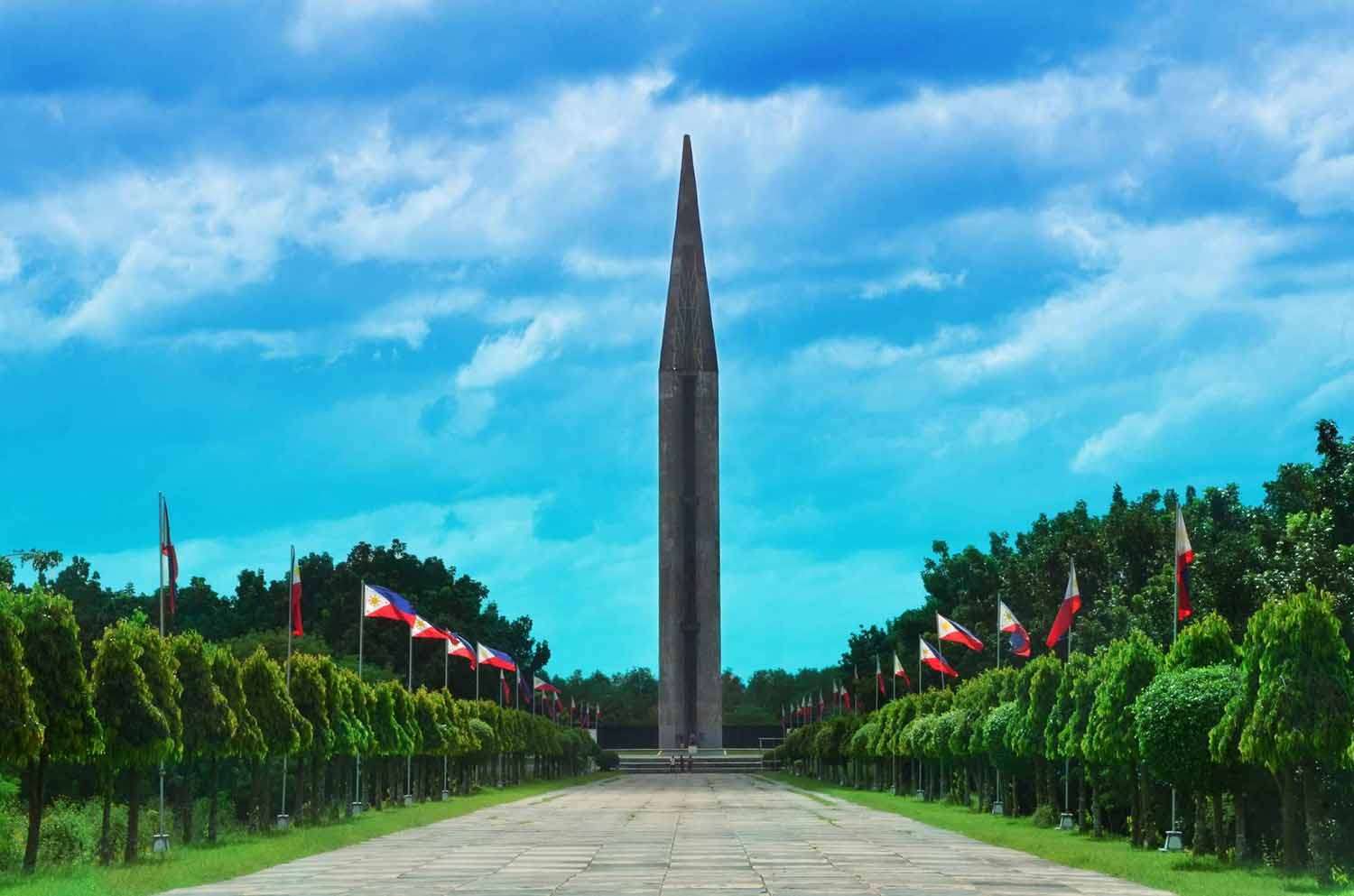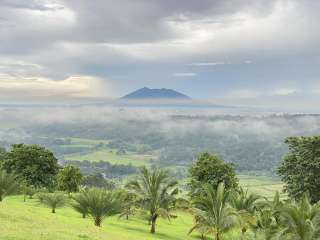

Tarlac, officially the Province of Tarlac, is a landlocked province in the Philippines located in the Central Luzon region. Its capital is the city of Tarlac. It is bounded on the north by the province of Pangasinan, Nueva Ecija on the east, Zambales on the west and Pampanga in the south. The province comprises three congressional districts and is subdivided into 17 municipalities and one city, Tarlac City, which is the provincial capital.
The province is situated in the heartland of Luzon, in what is known as the Central Plain also spanning the neighbouring provinces of Pampanga, Pangasinan, Nueva Ecija and Bulacan. Tarlac covers a total land area of 3,053.45 km2 (305,345 ha).
Early in history, what came to be known as Valenzuela Ranch today was once a thickly-forested area, peopled by roving tribes of nomadic Aetas who are said to be the aboriginal settlers of the Philippines, and for a lengthy period, it was the remaining hinterland of Luzon's Central Plains. Today, Tarlac is the most multi-cultural of the provinces in the region for having a mixture of four distinct ethnic groups: the Kapampangans, the Pangasinans, the Ilocanos and the Tagalogs. It is also known for its fine food and vast sugar and rice plantations in Central Luzon.
Tarlac's name is a Hispanized derivation from a talahib weed called Malatarlak, a Pangasinan term. Tarlac was originally divided into two parts: the southern division belonging to Pampanga and the northern division belonging to Pangasinan. It was the last province in Central Luzon to be organized under the Spanish colonial administration in 1874. Its nucleus were the towns of Concepcion, Capas, Bamban, Mabalacat, Magalang, Porac, Floridablanca, Victoria, and Tarlac which constituted a military comandancia. Some of these municipalities were returned to Pampanga but the rest were incorporated into the new province of Tarlac.
Unlike other provinces in Central Luzon, Tarlac was relatively free from revolts during the Spanish regime before the late 1800s rose. Only the rebellion started by Juan de la Cruz Palaris in Pangasinan spread to the northern portion of Tarlac.
During the Philippine Revolution of 1896, Tarlac was among the first eight provinces to rise against Spain, alongside neighbouring Pampanga. It became the new seat of the first Philippine Republic in March 1899 when General Emilio Aguinaldo abandoned the former capital, Malolos, Bulacan. This lasted only for a month before the seat was moved to Nueva Ecija in Aguinaldo's attempt to elude the pursuing Americans.
On October 23, 1899, Gregorio Aglipay, military vicar general of the revolutionary forces, called the Filipino clergy to a conference in Paniqui. There, they drafted the constitution of the Philippine Independent Church. They called for the Filipinization of the clergy, which eventually led to a separation from the Roman Catholic Church in the Philippines.
Tarlac was captured by American forces in November 1899. A civil government was established in the province in 1901.
During World War II, Camp O'Donnell in Capas became the terminal point of the infamous Bataan Death March of Filipino and American soldiers who surrendered at Bataan on April 9, 1942. Many prisoners died of hunger, disease and/or execution. The general headquarters of the Philippine Commonwealth Army was established from January 3, 1942, to June 30, 1946, and the 3rd Constabulary Regiment of the Philippine Constabulary was founding again from October 28, 1944, to June 30, 1946, and military stationed in the province of Tarlac and some parts in Central Luzon due to Japanese Occupation. Local troops of the Philippine Commonwealth Army units has sending the clearing military operations in the province of Tarlac and Central Luzon from 1942 to 1945 and aided them by the recognized guerrilla groups including Hukbalahap Communist fighters and attacking Japanese Imperial forces. But in the aftermath, some local guerrilla resistance fighters and Hukbahalap groups are became retreating Imperial Japanese troops around the province and before the liberation from the Allied forces.
In early 1945, combined American and Filipino military forces with the recognized Aringay Command guerrillas liberated Camp O'Donnell. The raid in Capas resulted in the rescue of American, Filipino and other allied Prisoners of War.
From January 20, 1945, to August 15, 1945, Tarlac was recaptured by combined Filipino and American troops together with the recognized guerrilla fighters against the Japanese Imperial forces during the liberation and beginning for the Battle of Tarlac under the Luzon Campaign.
Recently, the Philippine Army has used Crow Valley in the borders of Barangay Patling and Santa Lucia in Capas, Tarlac as a testing ground for both Philippine forces and allies. Many of the Philippine military testings were done on March 17, 2006 most likely as a part of Operation Enduring Freedom - Philippines.

“BellaMontana” means Beautiful Mountain (Italian). Not too far from Clark is Bella Montana Farm. This newly opened picnic/mountain farm, located in ...